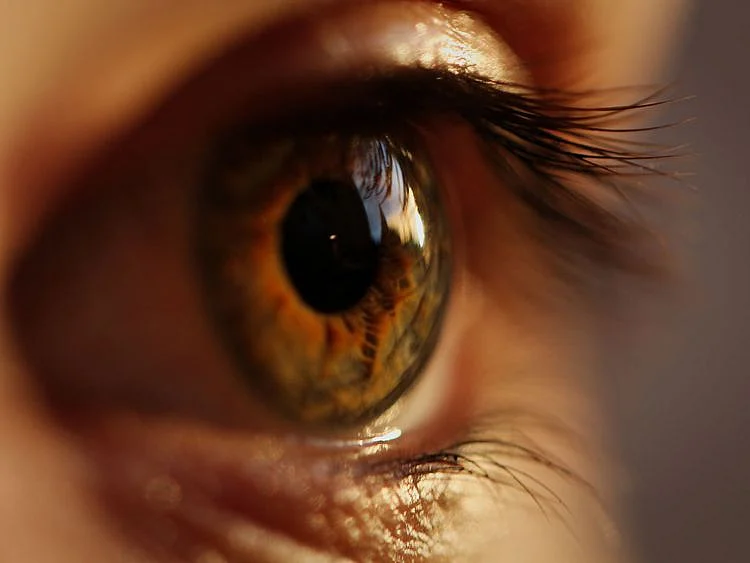New research in UAE probes prevalence of keratoconus eye disease
Condition distorts shape of cornea outer eye lens and can lead to blindness if untreated

Abu Dhabi: A research study is underway to ascertain the prevalence and incidence of the keratoconus eye disease in the local population, a leading specialist has said.
Keratoconus is a progressive and degenerative corneal eye disease that, if left untreated, can result in blindness. However, permanent vision loss from keratoconus is preventable through early detection and treatment.
Who should get screened?
Cleveland Clinic Abu Dhabi encourages individuals between the ages of 18 and 30 years to undergo examination and consider participation in the research study.
Dr Gritz also shared aspects about the condition and underlined that preventative screening and timely detection are very critical, so accurate treatment can be provided to manage the extent of distortion.
How keratoconus affects vision
He explained that keratoconus leads to the gradual loss of the natural shape of the cornea and overall vision.
Keratoconus occurs when the cornea, the transparent outer lens of the eye, which normally has a dome shape with a ball-like appearance, is unable to maintain its round shape and extends outward in the form of a cone.
Some untreated cases of keratoconus require a cornea transplant to restore vision.
Evasive cause
Keratoconus is usually detected in the teenage years or 20s but can also start in childhood, Dr Gritz added.
While the exact cause is largely unknown, some research studies suggest that keratoconus runs in families and occurs more often in people with specific medical conditions. There are no eye diseases or injuries that explain why the cornea’s structure weakens and changes shape.
Sign up for the Daily Briefing
Get the latest news and updates straight to your inbox
Network Links
GN StoreDownload our app
© Al Nisr Publishing LLC 2025. All rights reserved.